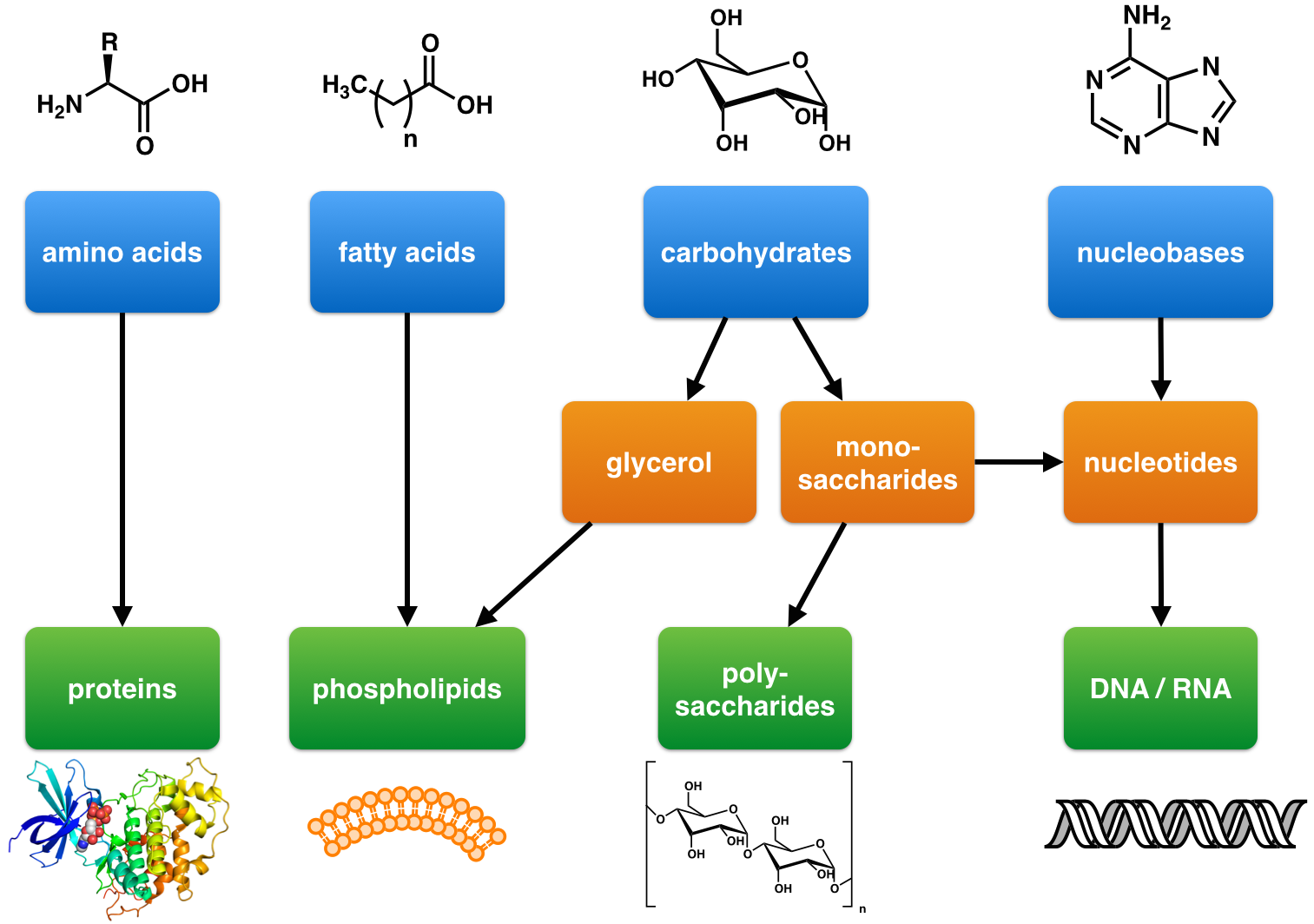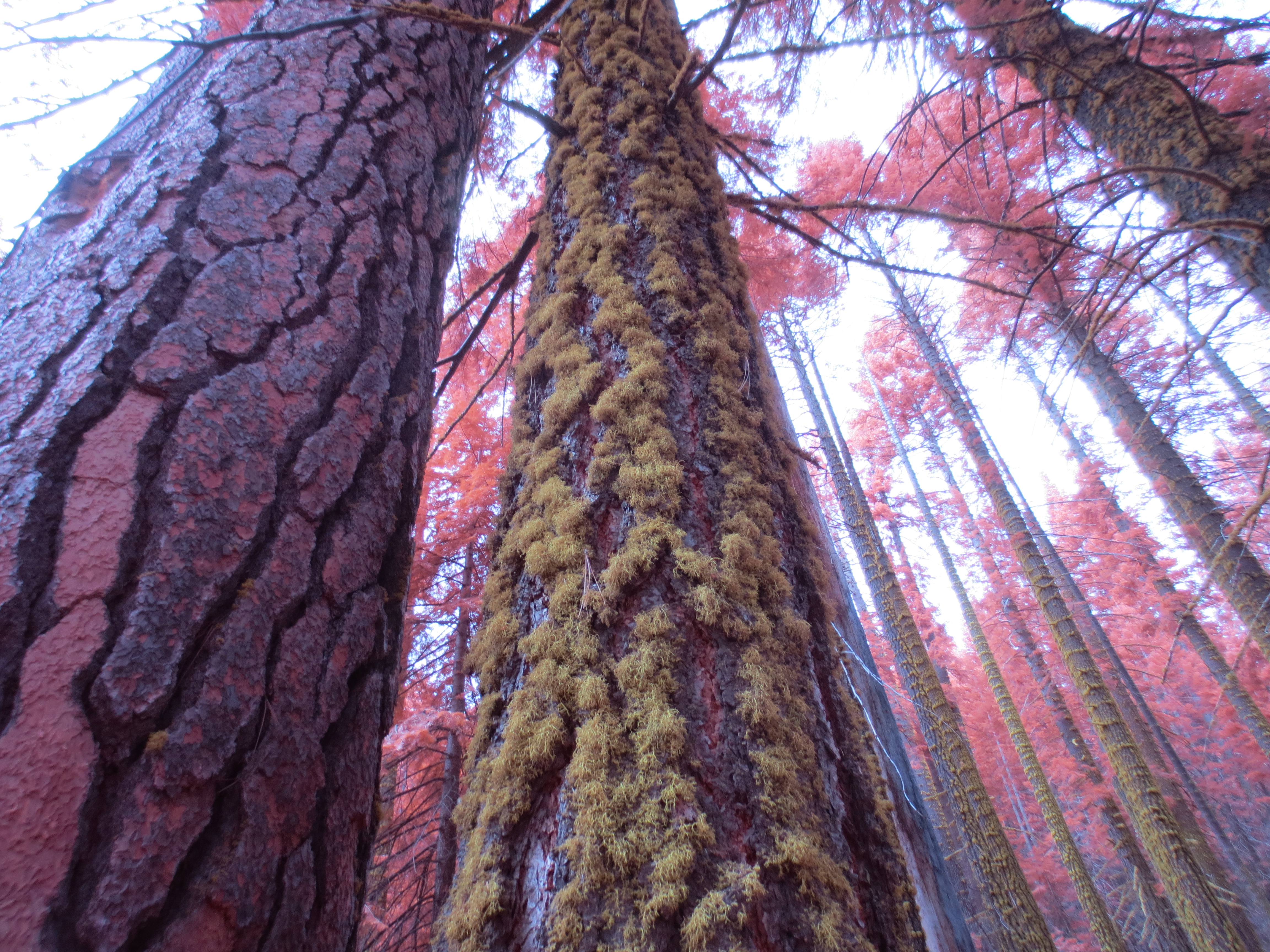|
Vulpinic Acid
Vulpinic acid is a natural product first found in and important in the symbiosis underlying the biology of lichens. It is a simple methyl ester derivative of its parent compound, pulvinic acid, and a close relative of pulvinone, both of which derive from aromatic amino acids such as phenylalanine via secondary metabolism. The roles of vulpinic acid are not fully established, but may include properties that make it an antifeedant for herbivores. The compound is relatively toxic to mammals. Chemical description Vulpinic acid was first isolated from lichens in 1925. As an isolated, purified substance, it is bright yellow in color. Vulpinic acid is derived biosynthetically by esterification from pulvinic acid; pulvinate itself derives from the aromatic amino acids phenylalanine and tyrosine, via dimerization and oxidative ring-cleavage of arylpyruvic acids, a process that also produces the related pulvinones. There have been several chemical syntheses reported for vulpinic ac ... [...More Info...] [...Related Items...] OR: [Wikipedia] [Google] [Baidu] |
Natural Product
A natural product is a natural compound or substance produced by a living organism—that is, found in nature. In the broadest sense, natural products include any substance produced by life. Natural products can also be prepared by chemical synthesis (both semisynthesis and total synthesis) and have played a central role in the development of the field of organic chemistry by providing challenging synthetic targets. The term natural product has also been extended for commercial purposes to refer to cosmetics, dietary supplements, and foods produced from natural sources without added artificial ingredients. Within the field of organic chemistry, the definition of natural products is usually restricted to organic compounds isolated from natural sources that are produced by the pathways of primary or secondary metabolism. Within the field of medicinal chemistry, the definition is often further restricted to secondary metabolites. Secondary metabolites (or specialized metabo ... [...More Info...] [...Related Items...] OR: [Wikipedia] [Google] [Baidu] |
Butenolide
Butenolides are a class of lactones with a four-carbon heterocyclic ring structure.Joule JA, Mills K. (2000). Heterocyclic Chemistry 4th ed. Blackwell Science Publishing: Oxford, UK They are sometimes considered oxidized derivatives of furan. The simplest butenolide is 2-furanone, which is a common component of larger natural products and is sometimes referred to as simply "butenolide". A common biochemically important butenolide is ascorbic acid (vitamin C). Butenolide derivatives known as karrikins are produced by some plants on exposure to high temperatures due to brush fires. In particular, 3-methyl-2''H''-furo ,3-''c''yran-2-one was found to trigger seed germination Germination is the process by which an organism grows from a seed or spore. The term is applied to the sprouting of a seedling from a seed of an angiosperm or gymnosperm, the growth of a sporeling from a spore, such as the spores of fungi, ... in plants whose reproduction is fire-dependent. Referen ... [...More Info...] [...Related Items...] OR: [Wikipedia] [Google] [Baidu] |
Photobiont
A lichen ( , ) is a composite organism that arises from algae or cyanobacteria living among filaments of multiple fungi species in a mutualistic relationship.Introduction to Lichens – An Alliance between Kingdoms . University of California Museum of Paleontology. Lichens have properties different from those of their component organisms. They come in many colors, sizes, and forms and are sometimes plant-like, but are not s. They may have tiny, leafless branches ( fruticose); flat leaf-like structures ( [...More Info...] [...Related Items...] OR: [Wikipedia] [Google] [Baidu] |
Ultraviolet
Ultraviolet (UV) is a form of electromagnetic radiation with wavelength from 10 nm (with a corresponding frequency around 30 PHz) to 400 nm (750 THz), shorter than that of visible light, but longer than X-rays. UV radiation is present in sunlight, and constitutes about 10% of the total electromagnetic radiation output from the Sun. It is also produced by electric arcs and specialized lights, such as mercury-vapor lamps, tanning lamps, and black lights. Although long-wavelength ultraviolet is not considered an ionizing radiation because its photons lack the energy to ionize atoms, it can cause chemical reactions and causes many substances to glow or fluoresce. Consequently, the chemical and biological effects of UV are greater than simple heating effects, and many practical applications of UV radiation derive from its interactions with organic molecules. Short-wave ultraviolet light damages DNA and sterilizes surfaces with which it comes into contac ... [...More Info...] [...Related Items...] OR: [Wikipedia] [Google] [Baidu] |
Function (biology)
In evolutionary biology, function is the reason some object or process occurred in a system that evolved through natural selection. That reason is typically that it achieves some result, such as that chlorophyll helps to capture the energy of sunlight in photosynthesis. Hence, the organism that contains it is more likely to survive and reproduce, in other words the function increases the organism's fitness. A characteristic that assists in evolution is called an adaptation; other characteristics may be non-functional spandrels, though these in turn may later be co-opted by evolution to serve new functions. In biology, function has been defined in many ways. In physiology, it is simply what an organ, tissue, cell or molecule does. In the philosophy of biology, talk of function inevitably suggests some kind of teleological purpose, even though natural selection operates without any goal for the future. All the same, biologists often use teleological language as a shorthand ... [...More Info...] [...Related Items...] OR: [Wikipedia] [Google] [Baidu] |
Basidiomycete
Basidiomycota () is one of two large divisions that, together with the Ascomycota, constitute the subkingdom Dikarya (often referred to as the "higher fungi") within the kingdom Fungi. Members are known as basidiomycetes. More specifically, Basidiomycota includes these groups: mushrooms, puffballs, stinkhorns, bracket fungi, other polypores, jelly fungi, boletes, chanterelles, earth stars, smuts, bunts, rusts, mirror yeasts, and '' Cryptococcus'', the human pathogenic yeast. Basidiomycota are filamentous fungi composed of hyphae (except for basidiomycota-yeast) and reproduce sexually via the formation of specialized club-shaped end cells called basidia that normally bear external meiospores (usually four). These specialized spores are called basidiospores. However, some Basidiomycota are obligate asexual reproducers. Basidiomycota that reproduce asexually (discussed below) can typically be recognized as members of this division by gross similarity to others, by the for ... [...More Info...] [...Related Items...] OR: [Wikipedia] [Google] [Baidu] |
Pulveroboletus Ravenelii
''Pulveroboletus ravenelii'', commonly known as Ravenel's bolete or the powdery sulfur bolete, is a species of bolete fungus in the family Boletaceae. Described as new to science in 1853, the widely distributed species is known from Asia, Australia, North America, Central America, and South America. Mycorrhizal with oak, the fungus fruits on the ground singly, scattered, or in groups in woods. Fruit bodies (mushrooms) have convex to flat, yellowish to brownish-red caps up to in diameter. On the cap underside, the pore surface is bright yellow before turning dingy yellow to grayish brown with age; it stains greenish blue then grayish brown after injury. A cottony and powdery partial veil remains as a ring on the stipe. The mushrooms are edible, and have been used in traditional Chinese medicine and for mushroom dyeing. Taxonomy The species was first described as ''Boletus ravenelii'' by Miles Joseph Berkeley and Moses Ashley Curtis in 1853. Specimens were sent to the ... [...More Info...] [...Related Items...] OR: [Wikipedia] [Google] [Baidu] |
Bolete
{{refimprove, date=July 2020 A bolete is a type of mushroom, or fungal fruiting body. It can be identified thanks to a unique mushroom cap. The cap is clearly different from the stem. On the underside of the cap there is usually a spongy surface with pores, instead of the gills typical of mushrooms. However, there are some boletes that are gilled, such as species of '' Chroogomphus'', '' Gomphidius'', ''Paxillus'', '' Phylloporus'' and '' Hygrophoropsis aurantiaca''. "Bolete" is the English common name In biology, a common name of a taxon or organism (also known as a vernacular name, English name, colloquial name, country name, popular name, or farmer's name) is a name that is based on the normal language of everyday life; and is often contrast ... for fungus species whose mushroom caps have this appearance. The boletes are classified in the order Boletales. Not all members of the order Boletales are boletes. The micromorphology and molecular phylogeny of the order ... [...More Info...] [...Related Items...] OR: [Wikipedia] [Google] [Baidu] |
Secondary Metabolite
Secondary metabolites, also called specialised metabolites, toxins, secondary products, or natural products, are organic compounds produced by any lifeform, e.g. bacteria, fungi, animals, or plants, which are not directly involved in the normal growth, development, or reproduction of the organism. Instead, they generally mediate ecological interactions, which may produce a selective advantage for the organism by increasing its survivability or fecundity. Specific secondary metabolites are often restricted to a narrow set of species within a phylogenetic group. Secondary metabolites often play an important role in plant defense against herbivory and other interspecies defenses. Humans use secondary metabolites as medicines, flavourings, pigments, and recreational drugs. The term secondary metabolite was first coined by Albrecht Kossel, a 1910 Nobel Prize laureate for medicine and physiology in 1910. 30 years later a Polish botanist Friedrich Czapek described secondary ... [...More Info...] [...Related Items...] OR: [Wikipedia] [Google] [Baidu] |
Lichen
A lichen ( , ) is a composite organism that arises from algae or cyanobacteria living among filaments of multiple fungi species in a mutualistic relationship.Introduction to Lichens – An Alliance between Kingdoms . University of California Museum of Paleontology. Lichens have properties different from those of their component organisms. They come in many colors, sizes, and forms and are sometimes plant-like, but are not plants. They may have tiny, leafless branches ( fruticose); flat leaf-like structures ( foliose); grow crust ... [...More Info...] [...Related Items...] OR: [Wikipedia] [Google] [Baidu] |
Pulvinic Acid
Pulvinic acids are natural chemical pigments found in some lichens, derived biosynthetically from the aromatic amino acids phenylalanine and tyrosine, via dimerization and oxidative ring-cleavage of arylpyruvic acids, a process that also produces the related pulvinones. Hydroxypulvinic acid pigments (pulvinic acid type family of pigments) have been found in ''Boletus'' (e.g. '' Boletus erythropus''), '' Boletinus'', '' Chalciporus'', '' Gyrodon'', '' Leccinum'', '' Pulveroboletus'', '' Suillus'' (e.g. ''Suillus luteus'', '' Suillus bovinus'', and '' Suillus grevillei''), ''Paxillus'' (e.g. '' Paxillus involutus''), '' Serpula'' (e.g. '' Serpula lacrymans''), ''Xerocomus'' (e.g. '' Xerocomus chrysenteron''), '' Hygrophoropsis'' (e.g. '' Hygrophoropsis aurantiaca''), '' Retiboletus'' (e.g. '' Retiboletus nigerrimus''), '' Pulveroboletus'' (e.g. '' Pulveroboletus auriflammeus''), and are generally characteristic of Boletales. In addition to pulvinone, derivatives and related pigm ... [...More Info...] [...Related Items...] OR: [Wikipedia] [Google] [Baidu] |
Letharia Vulpina JHollinger
''Letharia'' is a genus of fruticose lichens belonging to the family Parmeliaceae. There were historically two species of ''Letharia'': '' L. vulpina'' and '' L. columbiana''. Recent molecular sequence studies published in 2016 confirm at least 6 species in Western North America alone, with more expected to be confirmed using similar methods in other parts of the world. The typical photobiont is a green alga of genus ''Trebouxia ''Trebouxia'' is a unicellular green alga.Silverside, A. J. (2009). Retrieved from http://www.bioref.lastdragon.org/Chlorophyta/''Trebouxia''.html It is a photosynthetic organism that can exist in almost all habitats found in polar, tropical, an ...''. References Parmeliaceae Lecanorales genera Lichen genera Taxa named by Theodor Magnus Fries Taxa described in 1871 {{Parmeliaceae-stub ... [...More Info...] [...Related Items...] OR: [Wikipedia] [Google] [Baidu] |








